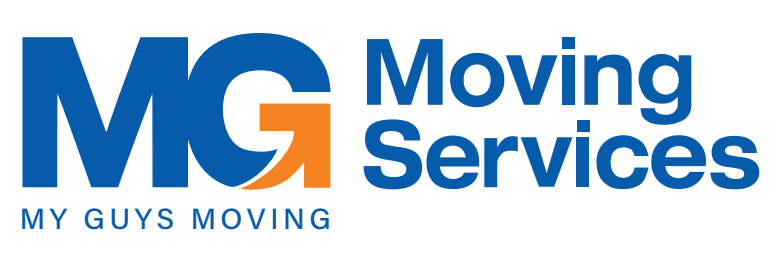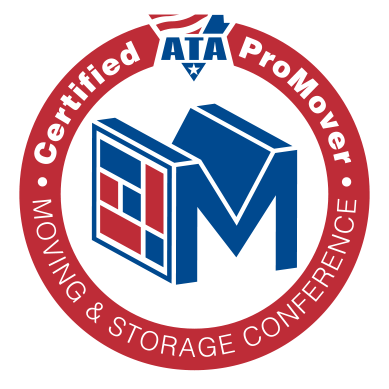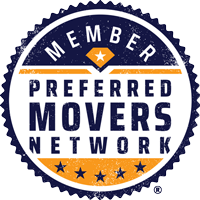What Local, Intrastate, and Interstate Mean For Your Virginia Move
While looking for movers, you may have seen terms like local”, “intrastate”, and “interstate” thrown around. These are common terms to differentiate types of moves for a variety of reasons, including pricing.
It can all be a little complex to wrap your head around what the differences are and how they affect your move, especially because Virginia has different rules than other states regarding the different types of moves. That’s why I, as the owner of a moving company in Northern Virginia, wrote this blog with My Guys of Richmond; to use our combined experience to make this simple for you to understand.
How Are Local and Intrastate Different in Virginia?
In many other states, there are only two types of moving: local and interstate. Virginia is unique in that there is a difference between local and intrastate. This has to do with the distance of the move itself:
Local Moving: Moves under 40 miles of distance.
Intrastate Moving: Moves over 40 miles of distance.
While the distance is the difference between these two, it’s also important to note that the moves have to be within state lines to be considered local or intrastate. This is important to consider if you live on the border of Virginia and another state.
What Separates Interstate Moving?
Interstate moving is known by a number of names, including long-distance moving and out-of-state moving. While local and intrastate moves are within the borders of Virginia, these moves always cross state lines, no matter what the distance is.
For example, if you are moving from Arlington, Virginia to Rockville, Maryland, you are well under the 40 miles that separate local and intrastate moving, but since you cross state lines, it is neither local nor intrastate, but instead considered a long-distance move.
What That Means for Your Rates
So, why is this so important to you? Simply put, different types of moves mean different types of rates. For local moves, you can expect to hire based on hourly rates. This would also be how you receive rates for labor-only moves.
For intrastate in Virginia and interstate moves, expect to be charged based on weight and distance.
When you receive your estimate, it is typically a lot of info thrown at you at once, so be sure to have an understanding of the differences going in.
Tips on Choosing the Right Local, Intrastate, or Interstate Virginia Movers
With all this info, you want to make sure you can find a moving company that is well-suited to handle any type of move. To help narrow down your options, consider the following:
- Make sure you check for the right licenses. For a long-distance move, you will need a mover with a USDOT and a Motor Carrier License. For local moves, look for a Local for Hire Permit. Finally, find the Intrastate for Hire Certificate for intrastate moves.
- Get in-depth estimates. This will ensure that the rates are correct based on your type of move and there won’t be any surprises.
- Look for certifications. You want to find experts that understand the unique differences Virginia has here. To make sure that you work with an expert, look for certifications such as ProMover from the ATA: Moving & Storage Conference.
Hopefully, this info can point you in the right direction toward a great move. If you’re still hesitant about the difference between these types of moves or how they may affect your move, speak to a moving representative at your moving company of choice.










